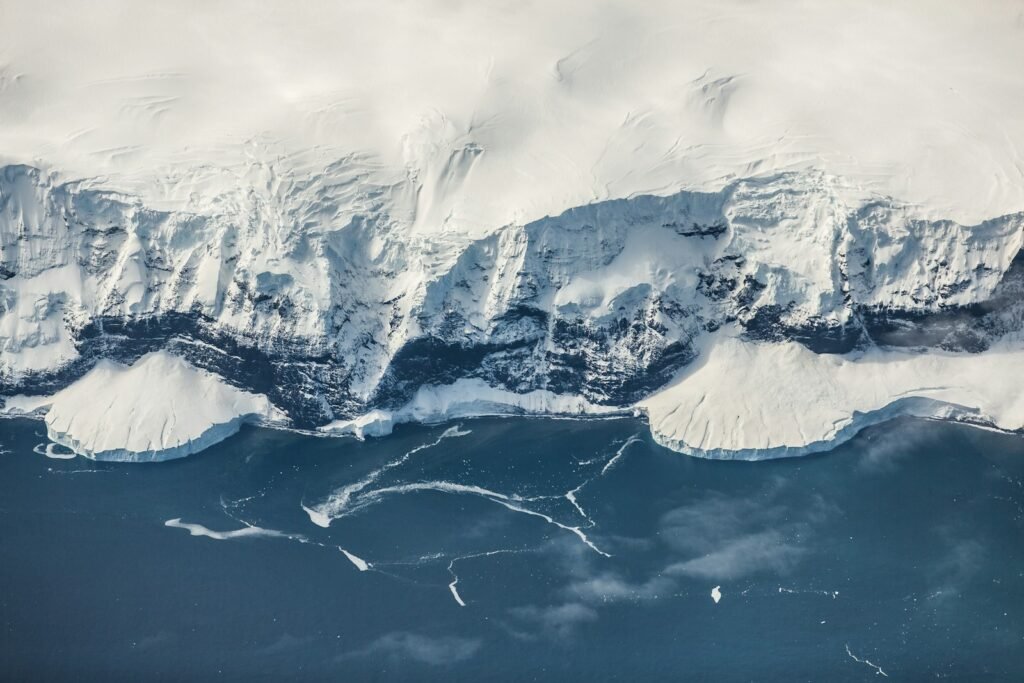For decades, an invisible force, a strong ocean current, has guarded Antarctica’s icy stronghold as a natural barrier against the invading warmth of northern seas. New studies, however, show this shield is failing and the results could be disastrous. Meltwater from the collapsing ice sheets of the continent is accelerating the little-known but important Antarctic Slope Current (ASC). Although a faster current would seem like a better defense, researchers caution it could backfire releasing turbulent eddies of warm water chewing at Antarctica’s delicate ice shelves from below.
Should this shield fall, the floodgates could open for runaway sea-level rise, altering coastlines and submerging cities all around. The stakes are simply too great: With 90% of the world’s ice found in Antarctica, almost 200 feet (58 meters) would be raised in global sea levels should it be completely melted. The issue now is not whether the shield will fade but rather how quickly and if mankind can act in time.
The Antarctic Slope Current: Earth’s Last Line of Defense
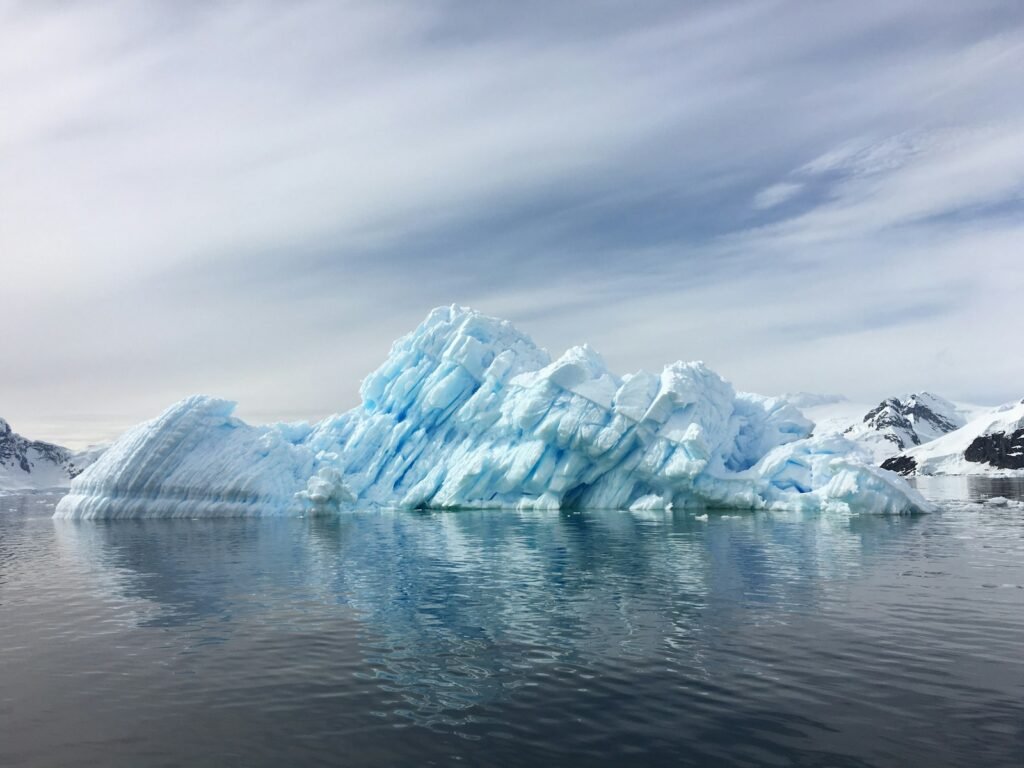
Driven westward along the continental slope, the narrow, quick-moving Antarctic Slope Current (ASC) circles the continent. Its function is basic but important: it serves as a “cold wall,” preventing warmer offshore waters from contacting Antarctica’s ice shelves. Without it, the already fragile ice sheets, especially in West Antarctica, would suffer even faster melting from below, where warm ocean currents are far more destructive than increasing air temperatures.
Recent research reveals the ASC is accelerating by 14% over the past 25 years; forecasts indicate a 49% acceleration by 2025. Although this sounds like welcome news about a better barrier against heat, the reality is far more dangerous.
Meltwater Is Disrupting the Current With a Twist
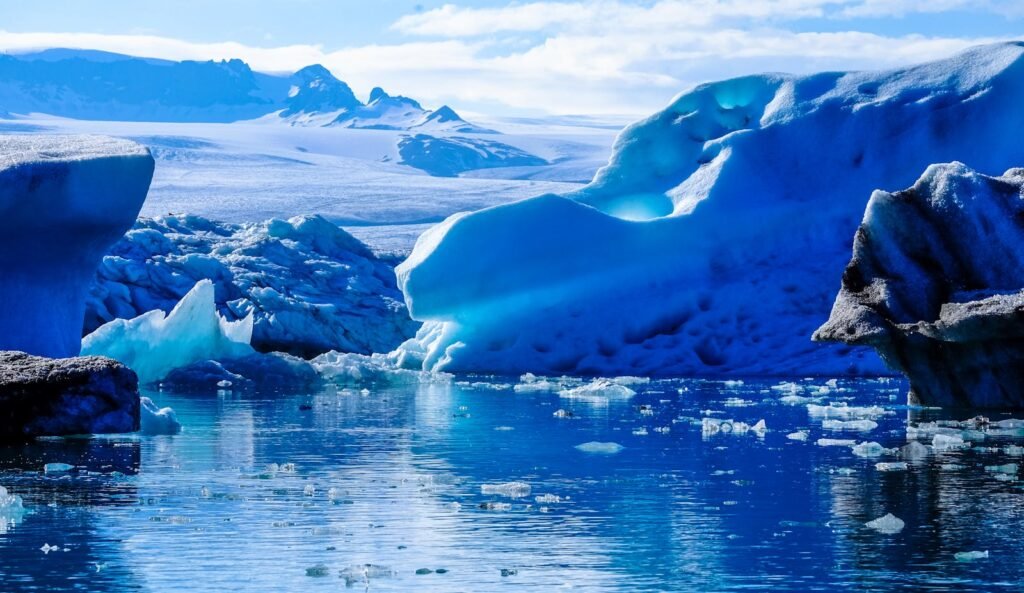
Human-driven ice melt, not natural forces, is the reason the ASC is accelerating. Large volumes of freshwater dumped by glaciers into the Southern Ocean change ocean density and lower salinity as they break down. This freshwater “lid” throws off the formation of Antarctic Bottom Water, a dense current supporting world ocean circulation.
Here’s the paradox:
- A faster ASC creates more turbulence, spawning whirlpools (eddies) that pump warm water toward the ice.
- These eddies act like underwater drills, eroding ice shelves from below the same process that doomed the Larsen B Ice Shelf in 2002.
In essence, the shield is sabotaging itself, accelerating the very destruction it was meant to prevent.
The Domino Effect: How Antarctica’s Collapse Would Drown the World
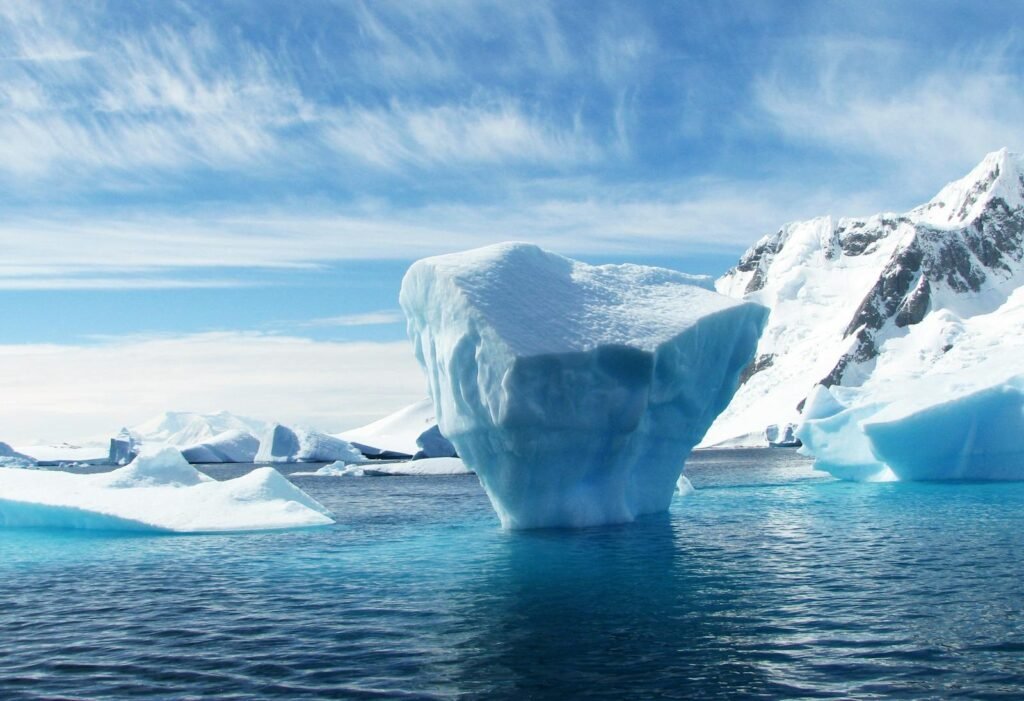
The ice of Antarctica does not just vanish; it sets off a domino effect:
- Rising sea levels by several feet by 2100 even from a partial melt would cause hundreds of millions of coastal cities to be displaced.
- Meltwater modulates the worldwide conveyor belt of ocean currents, upsetting marine ecosystems and weather patterns.
- Exposed dark ocean absorbs more heat, so hastening the cycle of global warming.
The most fragile is the West Antarctic Ice Sheveled (WAIS). Should it fail, global sea levels could rise by 10 feet (3 meters), sufficient to submerge Shanghai, Mumbai, and Miami.
The Ominous Role of the Southern Ocean
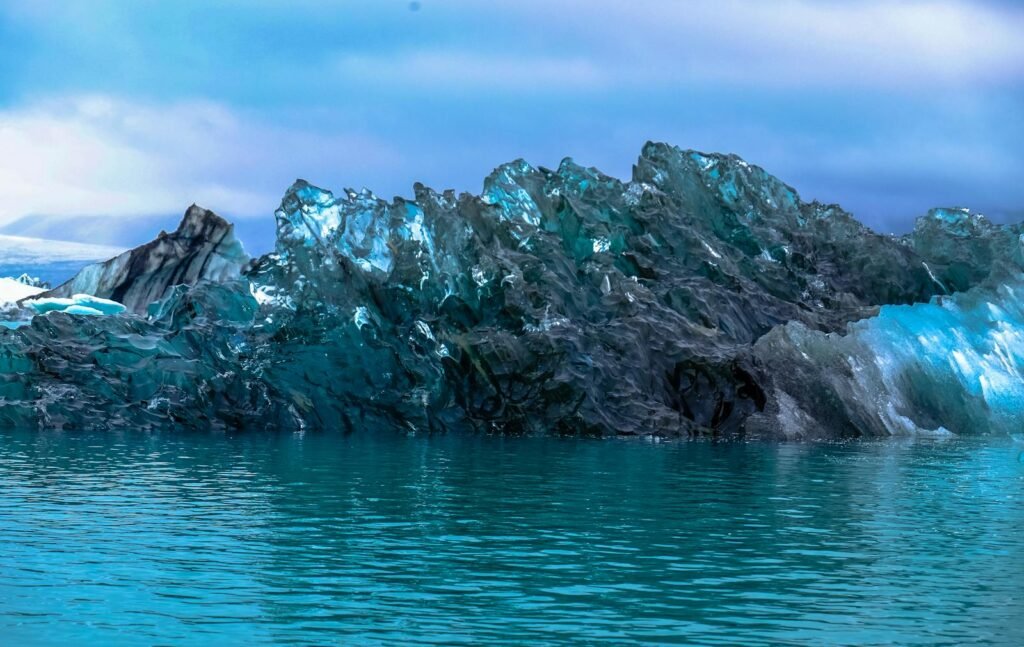
Absorbing 40% of human-generated CO₂ and 75% of extra heat, the Southern Ocean is the largest climate regulator on Earth. But it is getting close to breaking.
- Under ice shelves, warmer waters are slinking beneath them from below.
- The mainstay of Antarctic food webs, krill, is being killed by acidification; whales, seals, and penguins are also under threat.
Should the ASC weaken even more, the capacity of the Southern Ocean to counteract global warming could vanish, hastening global climate catastrophe.
Can We Still Save the Shield?
The situation is not hopeless. Right away, the ASC could be stabilized:
- Slash Carbon Emissions: Ice melt is mostly driven by this. Every last bit of a degree counts.
- Expand Marine Protections: A vital gap of less than 5% of the Southern Ocean is protected.
- Improve Climate Models: Ice loss is understated in current estimates. Improved data would help to hone projections.
Though world cooperation is lagging, the Antarctic Treaty System provides a structure.
The Unseen Threat: Why Most People Don’t Know About the ASC
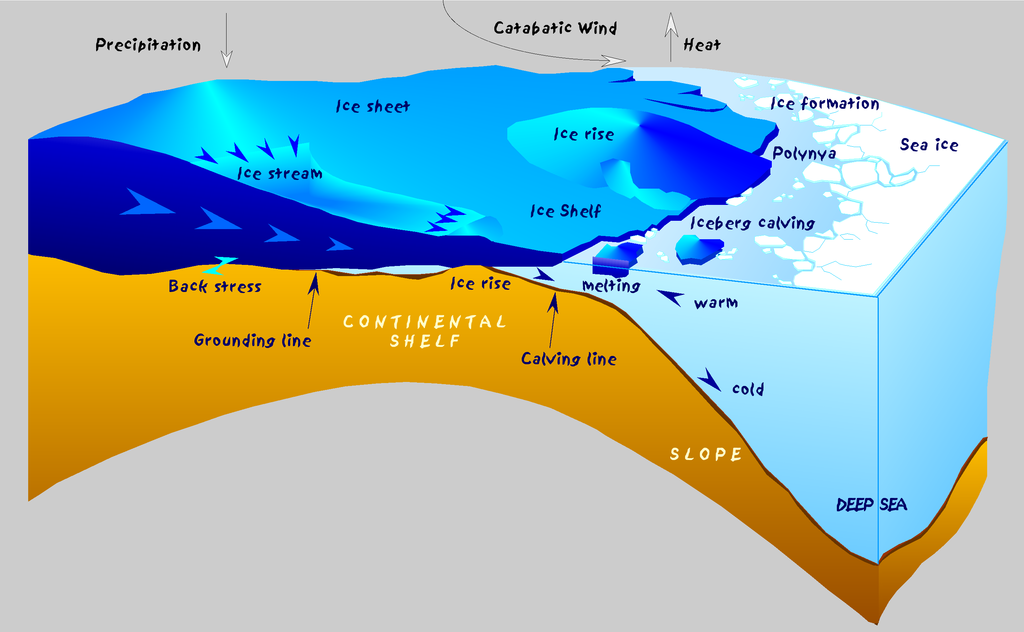
Still one of the least studied ocean systems, the Antarctic Slope Current is important. Unlike the headline-grabbing Arctic sea ice loss, Antarctica’s hidden currents go silently. Still, their breakdown may be far more disastrous.
Scientists liken it to dragging a plug from a bathtub: once the ASC destabilizes, warm water floods in and the melt is uncontrollable.
Conclusion: The Clock Is Ticking
The invisible shield of Antarctica is failing, and time is running out globally. The disturbance of the ASC signals a tipping point that might lock in permanent sea-level rise. The fix is to cut emissions now, save polar oceans, and treat Antarctica as the worldwide lifeline it is.
“If we don’t, West Antarctica’s collapse will be our doing,” glaciologist John Mercer cautioned in 1978. The shield is fractured. Will we act before the very late date?
Sources:

Jan loves Wildlife and Animals and is one of the founders of Animals Around The Globe. He holds an MSc in Finance & Economics and is a passionate PADI Open Water Diver. His favorite animals are Mountain Gorillas, Tigers, and Great White Sharks. He lived in South Africa, Germany, the USA, Ireland, Italy, China, and Australia. Before AATG, Jan worked for Google, Axel Springer, BMW and others.

